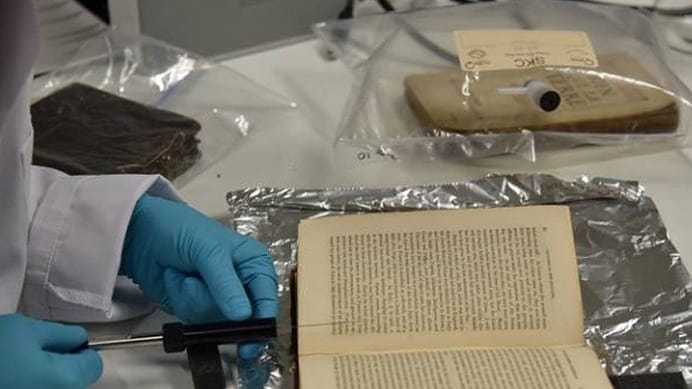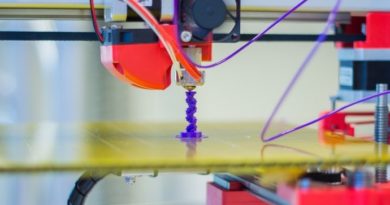Scientists Launch Project to Recreate Smells of Old Europe with AI
Have you ever wondered how the past smelled like? These researchers are finding an answer.
The nose knows: The sudden whiff of a certain perfume can act like a time portal that sweeps you from a busy street to a room you haven’t been in for years in an instant. Our brains are excellent scent-keepers, yet the history books that we write can’t record the smells that were inhaled by the world’s inhabitants decades ago.
We can’t exactly answer the question of how the past smelled like, but there is always anecdotal evidence.
From plague repellant herbs to early tobacco, scientists, historians, and experts in artificial intelligence (AI) across the U.K and Europe are teaming up for a €2.8 million ($3.3) project labeled “Odeuropa” to identify and recreate the scents that would be sniffed by those living between in the 16th and early 20th centuries, AFPreports.
In this three-year project, the researchers will be using data mining, heritage science, and sensory history techniques to identify, document, and share Europe’s olfactory heritage. An AI will go through historical texts for intricate descriptions of smells in seven languages and spot images and paintings associated with odors, examine and organize them for experts to study later, France 24 reports.
After that point, the gathered information will be used to develop an online encyclopedia of European smells. The encyclopedia will have biographies of the smells and the emotions and places associated with them.
Dr. William Tullett of Anglia Ruskin University in Cambridge, a member of the Odeuropa team and the author of Smell in Eighteenth-Century England, says that this “… could take us into all kinds of different scents, whether that is the use of herbs like rosemary to protect against plague, [or] the use of smelling salts in the 18th and 19th centuries as an antidote to fits and fainting.”
The findings will be given to the chemists and perfumers to recreate the modern-day version of these now-extinct smells of the past, per The Guardian. Once they are able to find a way to deliver the odors, this can be used to enhance the experience of visitors to museums and other heritage sites and make it more authentic.
Source:https://interestingengineering.com




